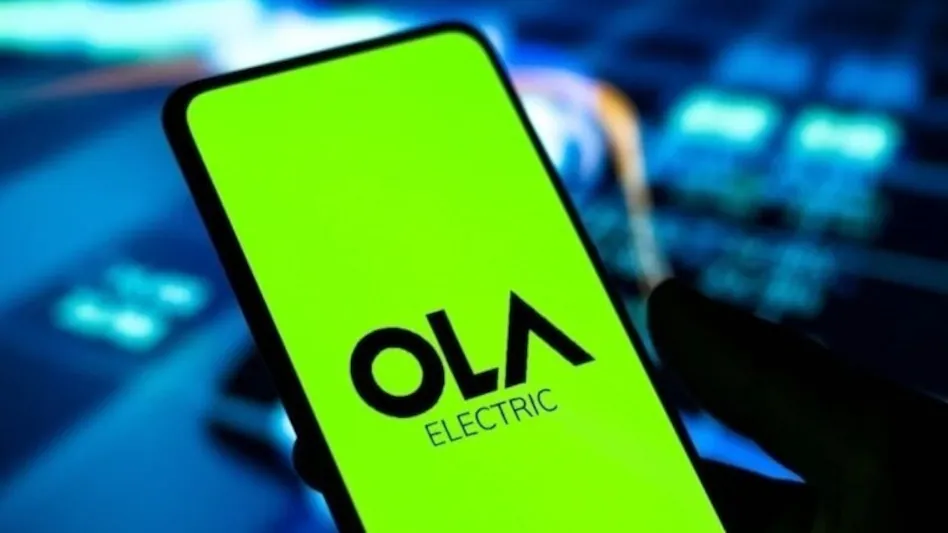Ola Electric’s recent launch of affordable electric scooters, including models like the Gig, Gig+, S1 Z, and S1 Z+, marks another milestone in India’s push towards widespread electrification. Priced between ₹39,999 and ₹64,999, this initiative aims to make electric vehicles (EVs) more accessible to diverse consumer segments. However, this development also brings attention to the challenges and past controversies that have plagued electric two-wheelers in India.
A History of Hurdles
While Ola Electric has positioned itself as a leader in India’s EV market, its journey has not been without challenges. The company faced significant criticism in the past for quality and safety concerns. Incidents of EV scooters catching fire in 2022 sparked fears about the reliability of electric two-wheelers, leading to a government investigation. Ola was not alone in this predicament; competitors like Okinawa and Pure EV also encountered similar fire-related issues, underscoring the nascent industry’s struggles with battery safety and manufacturing standards.
Additionally, Ola has been criticized for poor after-sales service and delays in deliveries, frustrating many early adopters. Such issues highlight the growing pains of companies striving to dominate India’s EV market. Despite these challenges, the EV sector remains an integral part of India’s sustainable transportation goals.
The Promise of Electrification
Ola’s new lineup represents an effort to expand the appeal of EVs across various demographics. The Ola Gig, designed for gig workers with its 112 km range and removable battery, and the S1 Z, tailored for urban commuters, aim to address specific mobility needs. Innovative features like the PowerPod—a portable inverter enabling scooters’ batteries to power small household appliances—cater to rural and semi-urban users, enhancing utility in areas with inconsistent electricity access.
Such innovations are critical as India accelerates its electrification drive. The government’s ambitious goal of achieving 30% electric vehicle penetration by 2030 has spurred incentives like FAME II subsidies and tax breaks for EV buyers. Ola’s aggressive pricing strategy aligns with these efforts, making EVs more attractive in a cost-sensitive market.
Learning from the Past
Despite advancements, the sector must address the lingering trust deficit stemming from safety concerns. Battery technology and thermal management systems require stringent quality checks to prevent further incidents. Moreover, companies must focus on improving infrastructure, such as expanding EV charging networks, to support long-distance travel.
Ola, in particular, faces the challenge of maintaining consumer confidence while scaling production. Lessons can be drawn from global players like Tesla, which initially grappled with quality issues but improved through continuous innovation and transparency.
A Pivotal Moment
The entry of affordable models like Ola’s new scooters signals a pivotal moment for India’s electrification journey. If successful, these initiatives can transform urban and rural mobility while reducing dependency on fossil fuels. However, long-term success depends on resolving safety and reliability concerns, improving customer support, and investing in robust infrastructure.
As India embraces its electric future, Ola and other players must ensure that their innovations are backed by quality, reliability, and consumer trust. The stakes are high, but so are the rewards—both for the industry and for a greener, more sustainable India.




